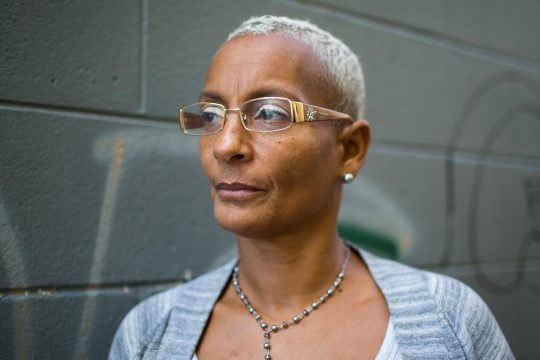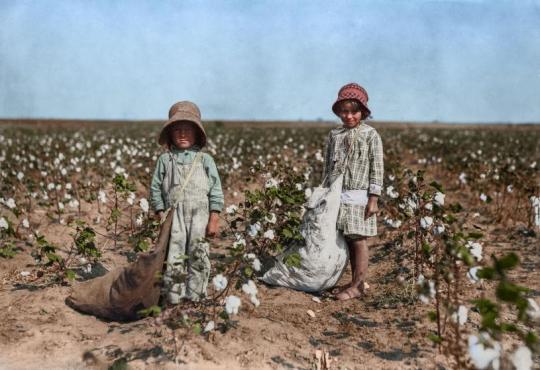#slavery footprint

One of the most likely slave-caught products that we consume is seafood from Southeast Asia. Last week, President Obama closed an 80 year loophole in the Tariff Act of 1930. The National Oceanic and Atmospheric Administration (NOAA) has also imposed stricter regulations to improve how seafood is tracked from catch to market.
Read The New York Times article here.
The success is real and should be celebrated. But the Made In A Free World Community won’t stop until EVERY product we buy is protected from slavery: madeinafreeworld.com/action


There are an estimated 146,000 domestic workers in the United Arab Emirates. Sadly, research shows that a staggering percentage of them are exploited by their employers.
Read the full article here: http://bit.ly/1Rg2iCu



Read the full article here.
Can you guess which quote is from a victim, an advocate, and an exploiter of girls in Los Angeles?

Awesome to see our FRDM® business platform featured in this Virgin blog.

Standing in solidarity with our END IT coalition partners today.
We believe tech can help end slavery. Will you join us?

Join us and post a photo of your ✋❌ using #enditmovement!

Learn more at http://enditmovement.com

It fears that thousands of them have been forced into sexual exploitation and slavery by criminal gangs.
SIGN A PETITION HERE: http://bit.ly/1PXonYQ

Umoja is a community of 48 women in the arid plains of northern Kenya. The word means ‘unity’ in Swahili.
READ Judi’s incredible life story here.

Slavery exists in every country in the world, in our own backyards. Stay vigilant, and if you suspect that someone may be a victim, don’t hesitate to contact the authorities.
Read it here.

WATCH this video and ASK the hard questions the next time you buy jewelry.

This same willful ignorance of companies is also prevalent in consumers: unless ethical information is available at the point of purchase, it “feels better” to remain ignorant rather than seeking out the truth.
Read the whole article here.
REBLOG with your thoughts about whether businesses and consumers share this trait of “willful ignorance.”

Read the full article here.
Of course, the government can’t protect us from buying slave-made goods if companies don’t know where or how to look for abuses. That’s why we’ve created FRDM®.
LEARN MORE about our business software platform at madeinafreeworld.com/business.

Read the captivating story here: http://ind.pn/1PSmH41

“If we know cocoa is being produced on plantations in West Africa using slave labor, and then being imported into the U.S., we still have to allow it in because the U.S. cannot produce enough cocoa to meet U.S. demand.” This will now change.
Read the article here.
REBLOG to celebrate this game changer in the fight against slavery in our everyday products!
Sold by his parents to become a suicide bomber. This is child slavery.

Read Adrian Gonzalez’s blog here.
1 in 4 companies cannot name a single step they have taken to comply with the recently passed Modern Slavery Act.
We can help. REQUEST A DEMO of our slavery risk platform at: madeinafreeworld.com/business.

Read it here.
If after two years a company pays all its fines and proves that it has remedied working conditions, it is removed from the list.
COMMENT about whether you think this is an effective way of dissuading supply chain abuses.





See more of the powerful images here.
Though child labor was greatly reduced by laws passed during the Great Depression, around 500,000 children still work in agriculture across America.

Create beautiful art and help make our food fair for all! Help support the movement for Fair Food by creating a poster that activists across the country can use.
The award-winning documentary film Food Chains, about farm labor in America today, is inviting artists to interpret the movie poster in order to create striking images that this movement can use to propel this issue.
Join the fight by submitting a design here: http://bit.ly/1PH2Lg9
